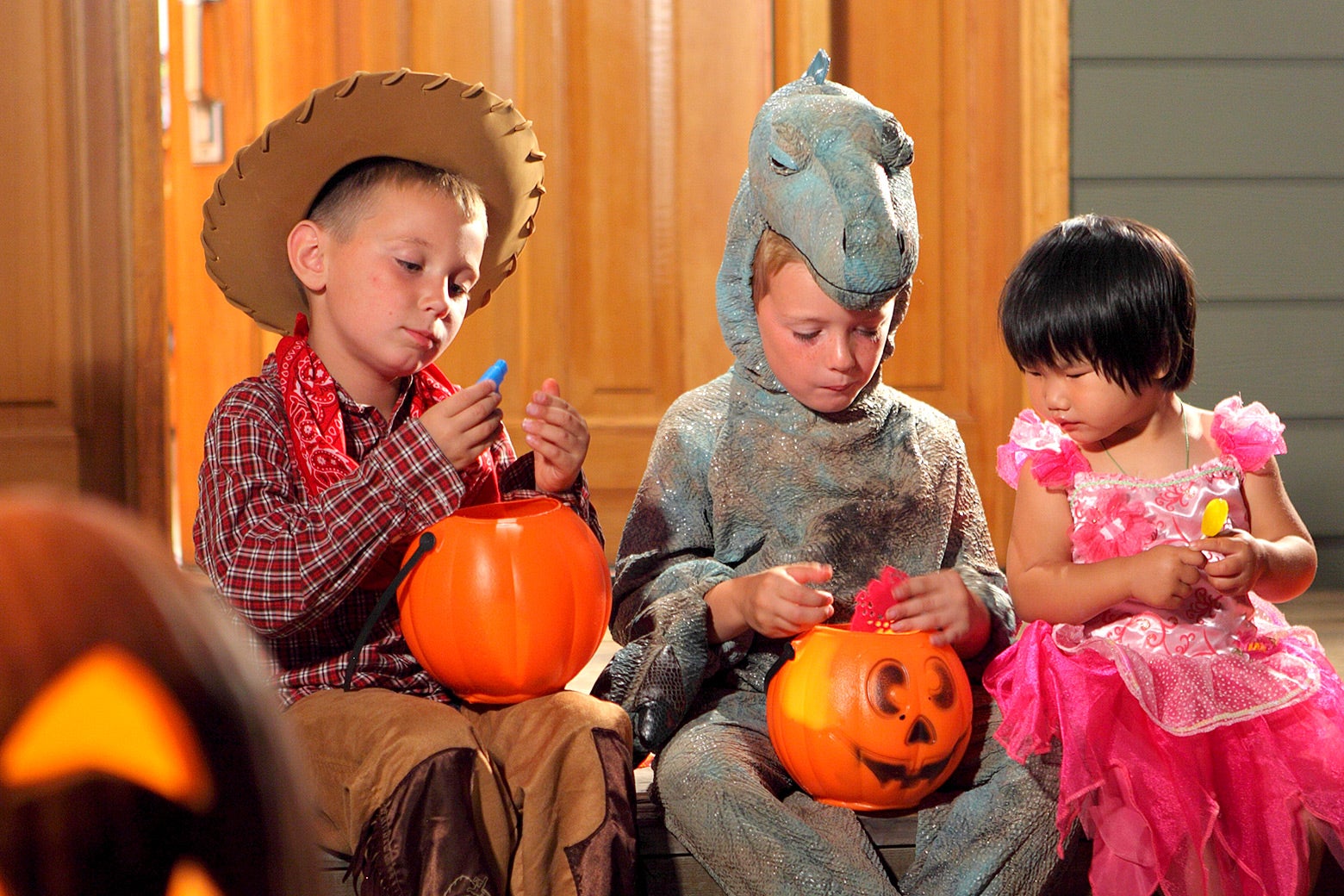Millions of trick-or-treaters will ring doorbells across the United States this year and take home bags overflowing with candy. Assuming they don’t finish it off in one night, how long will it take before these sweets go bad? Does a candy bar ever expire?
Yes, but it might last until next Halloween or beyond. Candy bars are high in sugar and low in moisture, both of which help to prevent microbial growth. Pure chocolate can last for two years or more without presenting any acute health risks, but it’s likely to change in texture and become less appetizing after about 12 months. Given enough time, some bars could even become so dry and hard as to be inedible (or at least a danger to your teeth). More serious, nondental health risks are very unlikely, however.
The ingredients within a candy bar, like almonds or peanut butter, may degrade more quickly than the chocolate coating. Nuts can begin to go rancid after about a year in the package, and faster if the bar has been left out in the open. Rancid nuts and any other ingredients that have begun to oxidize may produce some carcinogens, but by the time these pose any serious risk, the candy bar will have become too gross to eat.
The white spots or haze that sometimes appear on old chocolate bars is known among chocolatiers as “blooming,” and it’s harmless to your health. Blooming isn’t mold, as some candy-lovers might think, but rather a splotch of fat or sugar that has risen to the surface. Fat blooming is caused by fluctuations in temperature, while sugar blooming is caused by condensation and changes in humidity. To avoid the whitening—which affects a candy’s appearance and its texture—store your candy bars in a cool, dry place away from the sun.
When chocolate bars do harbor dangerous microbes, it’s usually because something got into the food before it was sealed into its package. Dangerous bacteria like salmonella have been found in chocolate, but the chances of these dangerous microorganisms getting into a candy bar that was properly manufactured are extremely low.
Not all candy bars will have expiration dates, and even an expired candy might be still be good to eat. In general, food expiration dates mean very little, and often pertain to product quality rather than safety. (Food companies want consumers to get the most out of their products, and also buy more of them.)
Bonus Explainer: What’s the most unhealthy Halloween candy bar? Probably the Twix or the Baby Ruth. These two popular bars count themselves among the highest in both calories and saturated fat. As a general rule, sugar candies tend to be lower in calories than candy bars, at least per serving size—though sticky candies tend to be worse for your teeth.
Got a question about today’s news? Ask the Explainer.
Explainer thanks Nicki J. Engeseth of the University of Illinois and Theodore P. Labuza
